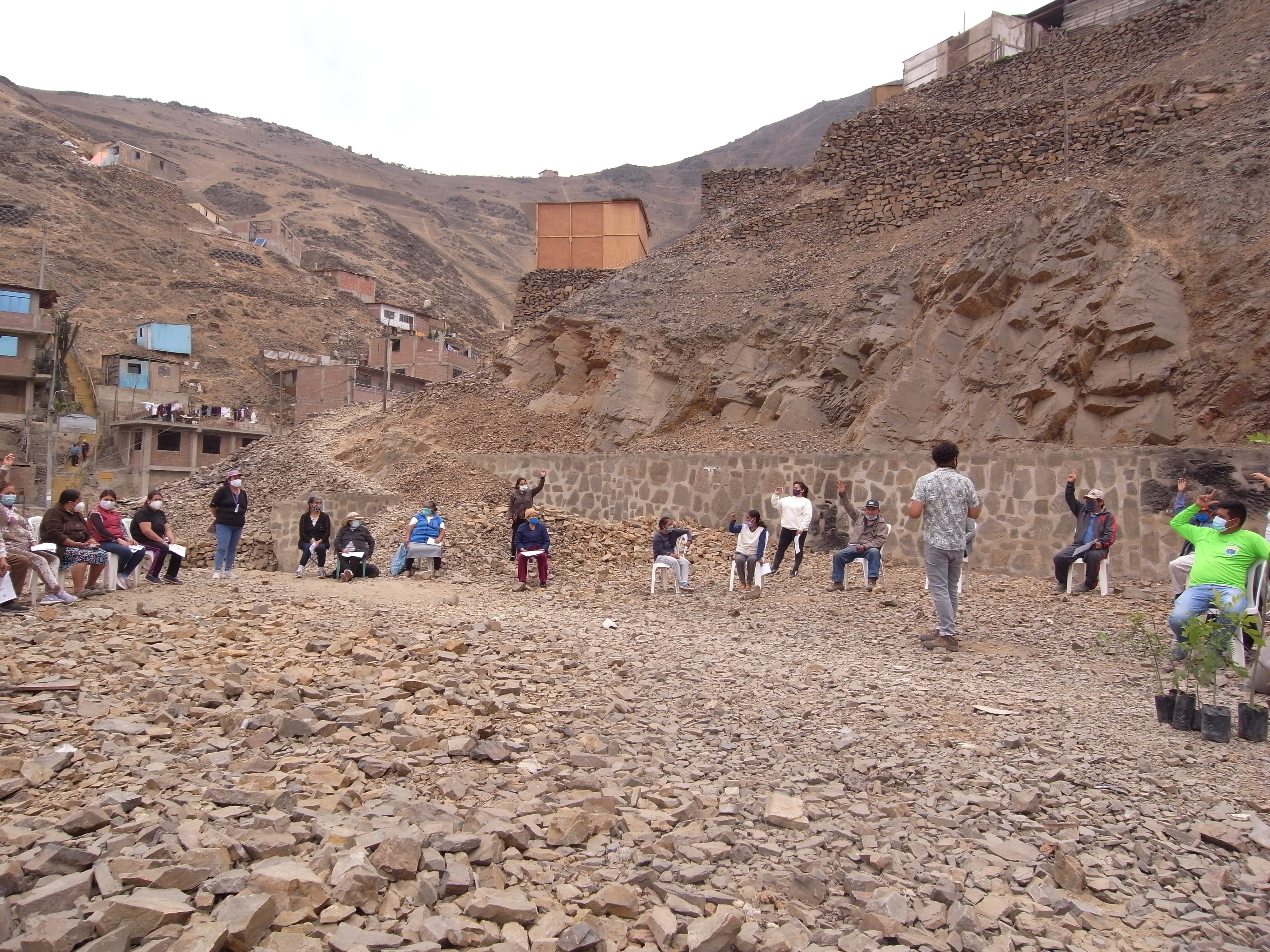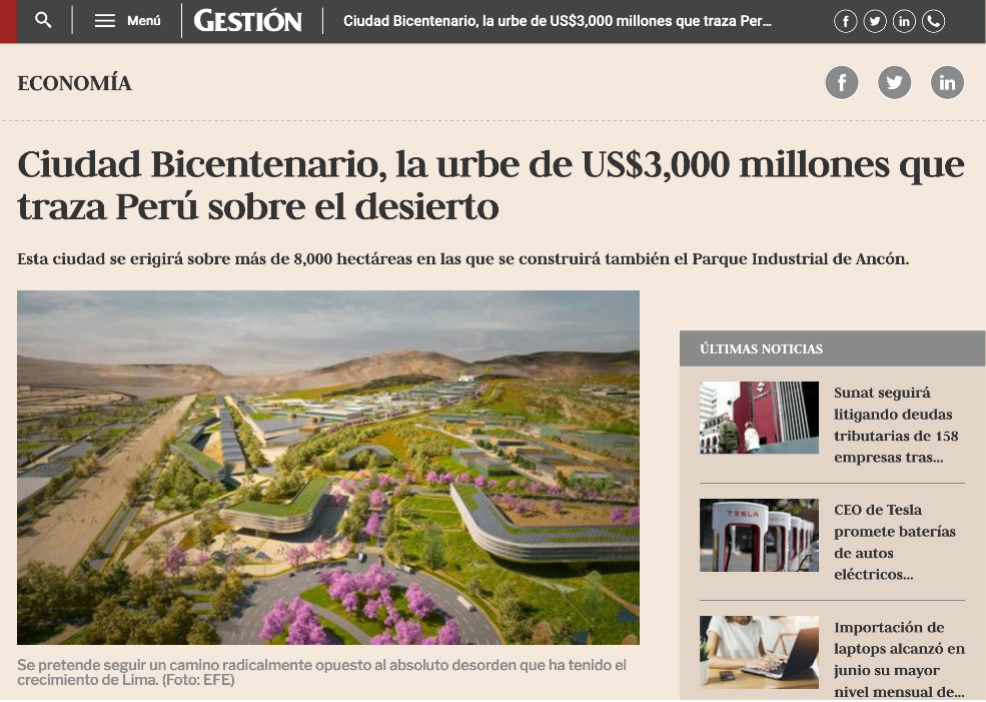The modernist view as Lima grows self-organized
Traditional account
Espinoza and Fort (2019)1 found that 90% of urban growth in Lima is result of informal activities. These authors concluded that public policy and programs addressing informal development are unintentionally supporting illegal real estate activities. They account USD 1 billion per year is spent on basic services and urban infrastructure located on urban informal areas. They argue it is inneficient and suggest public institutions should instead divert the money towards subsidized high density buildings.
Self-organization at work
Empirical account of the process of informal urbanization shows individual proprietors deciding to upgrade their small housing units across time according to their particular needs. Progressive self-help building goes along with urban fabric consolidation. This could be called social production of space following Lefebvrian discourse.
 City builders of informal Lima (Fuente: Victor Peña Guillen 2020)
City builders of informal Lima (Fuente: Victor Peña Guillen 2020)
Ciudad Bicentenario
A planned city has been propossed to be built in the northern skirts of Lima, it will be called “Bicentenial city”. A high-rank Peruvian official justifies this approach refering the need to operate in the opposite way informal urbanization does. Following Davoudi (2019) 2, this effort by the State is “indicative of the command-and-control mentality of the rising modernism in urban planning”. The seek of spatial order continues on and is also feeding a stigma against informal city builders (Allen 2021)3.
 The formal vision (Fuente: Gestion, 22SET2020)
The formal vision (Fuente: Gestion, 22SET2020)
Different approximations
The two mentioned views intersect on the issue of the social and economic convenience for the city to maintain individual, decentralized self-building housing. Professional establishment in Lima favors the modernist approach and agree on the use of public budget to finance formal real estate developers and construction companies. Peruvian state agrees with both the modernist vision and the support of informal settlers. Ciudad Bicentenario project, whose cost is estimated in USD 3 billion, is going to provide the political arena and space to test, using public funds. The plausibility of top-down planning is facing initial public design, from the advancing and combined effort of independent agents that are actually generating physical and social spaces.
References
-
Espinoza A., Fort R. 2019. Mapeo y tipología de la expansión urbana en el Perú. GRADE. ↩
-
Davoudi S. 2019. Planned City. In: The Wiley-Blackwell Encyclopedia of Urban and Regional Studies, edited by: A.M. Orum. 1499-1504. John Wiley & Sons, Ltd. ↩
-
Allen A. 2021. Navigating stigma through everyday city-making: Gendered trajectories, politics and outcomes in the periphery of Lima. Urban Studies, Vol. 59(3) 490–508. SAGE. ↩